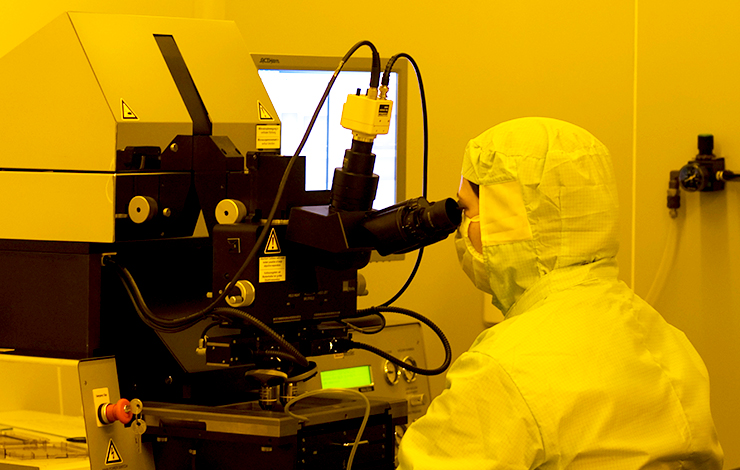


Synthesis of WO3 nanoparticles for biosensing applications
| Title | Synthesis of WO3 nanoparticles for biosensing applications |
| Publication Type | Journal Article |
| Year of Publication | 2016 |
| Authors | Santos L a, c Silveira CM b, Elangovan E d, Neto JP a, Nunes D a, Pereira L a, Martins R a, Viegas J d, Moura JJG b, Todorovic S c, e Almeida MG b, Fortunato E a |
| Journal | Sensors and Actuators, B: Chemical |
| Volume | 223 |
| Pagination | 186-194 |
| ISSN | 09254005 |
| Keywords | Biosensors, Carbon, Cytochrome c nitrite reductase, Direct electron transfer, Electrochemical applications, Electrochemical electrodes, Electrochemistry, Electrodes, Electron transitions, Enzyme electrodes, Heterogeneous electron transfer, Hydrothermal synthesis, Metal nanoparticles, Metal oxide nanoparticles, Metals, Michaelis-Menten constant, Nanoparticles, Nanostructures, Oxides, Rate constants, Synthesis (chemical), Third-generation biosensors, Tungsten, Tungsten compounds, Tungsten oxide |
| Abstract | Direct electron transfer with redox proteins, in third generation biosensors, is already proved to be favored on electrodes modified with nanoparticles. In this work, different crystallographic and morphologic structures of tungsten oxide (WO3) nanoparticles are modified by hydrothermal synthesis at 180°C. The electrochemical properties of WO3 nanoparticles deposit on ITO electrodes are investigated and the analytical performance of the nitrite biosensor is presented as proof of concept. Despite the inherent features of each nanostructure, the heterogeneous electron transfer with the WO3 nanoparticles modified electrodes is thoroughly improved and, very importantly, the cytochrome c nitrite reductase (ccNiR) enzyme is able to keep its biological function. When compared with bare commercial ITO electrodes, the exchange rate constant of WO3/ITO electrodes with cytochrome c increased one order of magnitude, while the analytical parameters of the ccNiR/WO3/ITO electrodes response to nitrite (the Michaelis-Menten constant is 47 μM and sensitivity of 2143 mA M-1 cm-2) are comparable to those reported for carbon based electrodes. Therefore, these metal oxide nanoparticles are good alternative materials for electrochemical applications, such as non-mediated biosensors. © 2015 Elsevier B.V. All rights reserved. |
| URL | https://www.scopus.com/inward/record.uri?eid=2-s2.0-84943150062&doi=10.1016%2fj.snb.2015.09.046&partnerID=40&md5=e799ed9578d59925dbf3a914a9ef1faa |
| DOI | 10.1016/j.snb.2015.09.046 |








